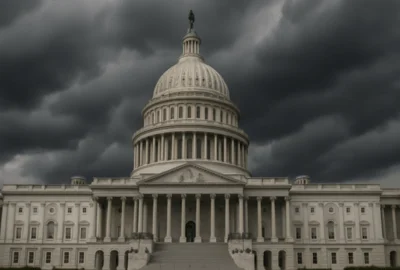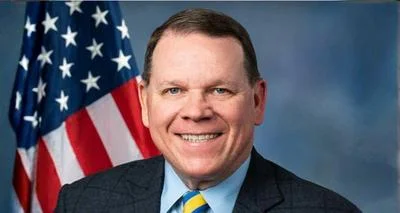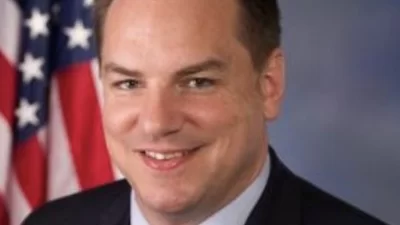Dear Mr. Secretary:
The United States Senate Committee on Finance has jurisdiction over the Department of the Treasury and the Internal Revenue Service. The Committee has a responsibility to protect the integrity of the tax system and has taken particular interest in the Treasury Department’s efforts to stop charities and other nonprofits from funding terrorism.
The Treasury Inspector General for Tax Administration (TIGTA) released a report today criticizing the IRS for using an inadequate system to screen nonprofit organizations for connections to terrorist groups. The report found that the IRS system for reviewing documents from tax-exempt organizations “provides minimal assurance that potential terrorist-related activities are identified." The IRS consults a list compiled by the Office of Foreign Assets Control (OFAC) that fails to include tens of thousands of individuals and organizations that the government considers to have potential terrorist links. In addition, the IRS is relying on manual reviews of tax documents and has been slow to consider upgrading to a more efficient automated system.
TIGTA investigators found that the current IRS screening process has never identified any person or organization with links to terrorists and that the agency is using a system that is, at best,
woefully inefficient. IRS personnel told TIGTA that they primarily look for “Middle Eastern sounding names" when considering which tax filings to flag for further review. This revelation is disturbing for a number of reasons. Beyond the potential for discrimination, the process raises concerns that the IRS is allowing individuals with terrorist connections to avoid detection simply because their names do not fit into a narrow predetermined profile.
When IRS personnel find a person or organization that they determine deserves further scrutiny,
they consult a list drawn up by OFAC. That list includes the names of 1,600 individuals and organizations that have had their assets frozen by the Department of the Treasury because of suspected terrorist ties. The government’s Terrorist Screening Center, however, keeps a comprehensive list of individuals and organizations suspected of having terrorist ties. That list,
which includes more than 200,000 names, is available to the IRS but is not being used by the agency’s screeners, according to the TIGTA report.
The report also notes that the IRS has been testing automated systems for reviewing documents submitted by tax-exempt organizations since 2004, but would need at least another year to develop a strategy to automate the checking of names. I am concerned that the IRS has not implemented a coherent terrorist tracking system in a timely manner.
The Department of the Treasury has identified charities and other nonprofit organizations as major players in terrorist networks. Given that determination, it is troubling that the IRS continues to use a screening process that makes it difficult for agents to identify terrorists.
I would appreciate responses to the following questions:
Why does the IRS use the OFAC list of suspected terrorists instead of the more comprehensive list kept by the Terrorist Screening Center?
Why are IRS personnel screening potential terrorist financiers by looking for people with
“Middle Eastern sounding names"? What directives have IRS personnel received from the IRS Tax Exempt and Government Entities Division on how to determine whether to flag a person or organization named in a Form 990 or Form 1023 for terrorist ties? Does the Division have written policies for screeners to use to determine whether a person or organization deserves further scrutiny? If so, please provide these documents.
In response to the TIGTA report, the IRS agreed to develop a strategy to automate the checking of names by Dec. 31, 2008. If the Tax Exempt and Government Entities Division has been testing automated systems since 2004, as the IRS claims, why would it need more than a year just to develop a strategy for automating the system? What progress has the agency made since 2004 on this project?
Please explain in a timeline the steps taken to put in place an automated system for checking names associated with nonprofits from Sept. 11, 2001 to June 1, 2007. Also, please explain why it will take the Treasury Department over seven years since 9/11 just to develop a “strategy" to put in place an automated system.
When is a fully automated system expected to be in place at the IRS?
Treasury’s Office of Terrorism and Financial Intelligence (TFI) has been operating for over three years. What effort did the TFI make to monitor this situation at the IRS and what changes were demanded by TFI to improve the matching of tax forms from nonprofits and terrorist watch lists.
I look forward to hearing from you by June 15 regarding the concerns and questions included in this letter. If you have questions, do not hesitate to contact John Angell at 202-224-4515. All formal correspondence should be sent electronically in PDF format to avi_salzman@financedem.
senate.gov.
Sincerely,
Max Baucus Chairman
Source: Ranking Member’s News









